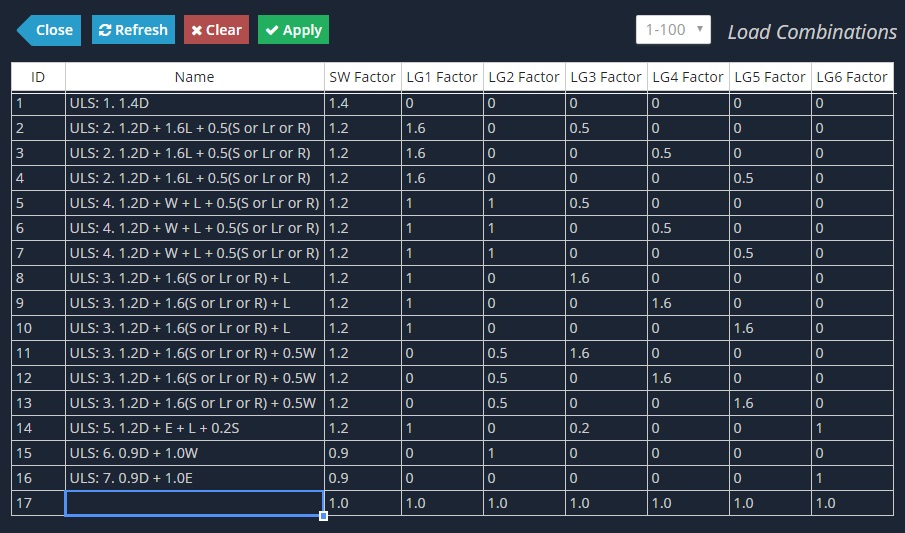

Communities can satisfy the NFIP requirements for participation by adopting building codes and/or floodplain management regulations. The I-Codes and NFPA 5000 contain provisions that are consistent with NFIP regulations, in large part by references to ASCE 24 and ASCE 7, Minimum Design Loads for Buildings and Other Structures. National Flood Insurance Program (NFIP) regulations, which are largely performance standards, are the minimum requirements that must be enforced by communities that participate in the program.
#ASCE 24 05 FREE PDF CODE#
Since 2000, ASCE 24 has been referenced in model building codes, which include the 2000-2012 editions of the International Code Series (I-Codes) and the 2003-2012 editions of the National Fire Protection Association's NFPA 5000 Building Construction and Safety Code. The release of the next edition is anticipated in late 2012 or early 2013. ASCE 24-98 was revised in 2005 (ASCE 24-05) and is currently being revised again. The standard is adopted by reference in model building codes.Design standards for buildings and structures in flood hazard areas were published for the time in 1998 in the first edition of the American Society of Civil Engineers (ASCE) standard Flood Resistant Design and Construction (ASCE 24). For dry floodproofed buildings and structures that are nonresidential (for flood. It provides essential guidance on design and construction to structural engineers, design professionals, code officials, floodplain managers, and building owners. Dry floodproofing certification for nonresidential buildings. Standard ASCE/SEI 24-14 updates and replaces the previous Standard, ASCE/SEI 24-05. miscellaneous construction, including decks and porches, concrete slabs, garages and carports, accessory storage structures, chimneys and fireplaces, pools, and tanksĪ detailed commentary containing explanatory and supplementary information to assist users of the standard is included for each chapter.attendant utilities and equipment, including electrical service, plumbing systems, mechanical/HVAC systems, and elevators.dry floodproofing and wet floodproofing.structures in coastal high hazard areas (V Zones) and Coastal A Zones.structures in high risk flood hazard areas subject to flooding associated with alluvial fans, flash floods, mudslides, erosion, high velocity flow, coastal wave action, or ice jams and debris.



 0 kommentar(er)
0 kommentar(er)
